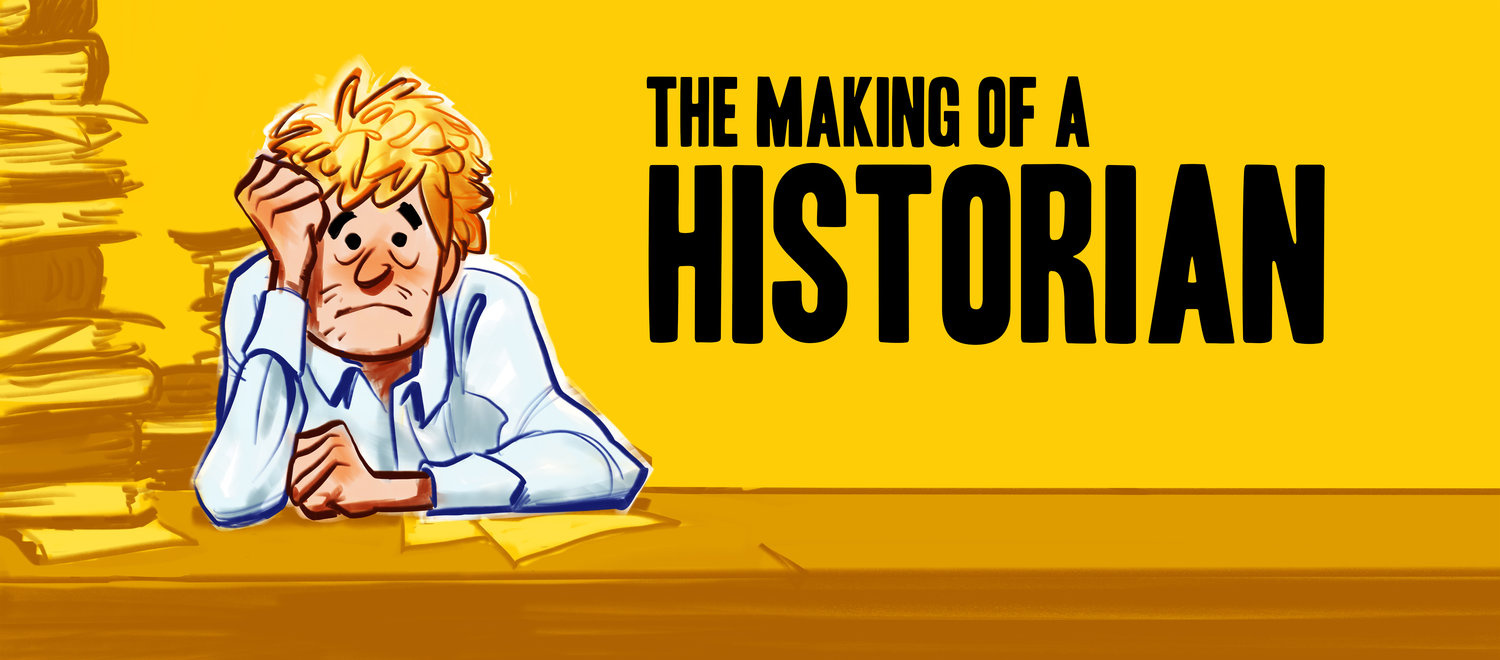If you like the show, subscribe on iTunes or Stitcher. You can now support us on Patreon! Seriously, help me buy my infant daughter new toys! Also, subscribe to the newsletter to get an email whenever there’s a new episode, or I publish a thing.
This week I’m joined by my colleague, Dr. Andrea Horbinski, a PhD from Berkeley who now works for Netflix. We talk about a part of her dissertation. First I should say that her dissertation is fantastic, and in the next few years it’s likely to be a book, tentatively titled Manga’s Global Century. You need to keep a watch for it when it does because it’s an eye-opening history that traces the origins of manga from the late 19th century up to the present. We can’t talk about that whole scope in this podcast, so we talk about the story of the Astro Boy TV show. The creator of Astro Boy, Tezuka Osamu, really really wanted to make an animation. But animations were really expensive. He stumbled onto a method that would mark the entire genre of anime. First, he made the animation on the cheap, borrowing from the street performance style of kamishibai. Second, he sold the animation to TV studios at HALF the cost it took to produce, hoping to recoup costs from sales of comics and branded merchandise. It was a gamble, but it paid off. It became the model for future animes. Expensive productions would be bankrolled by merchandise sales. The entire industry was built on people LOVING anime. The people who drew the animation were apprentices who were hoping one day to become masters with their own manga and anime. The consumers were fans who supported the shows and comics they liked by buying merchandise and attending conventions. Dr. Horbinski traces this story through to the fan conventions, and to new ‘circles’ of amateur and professional creators, many of whom made genres for new audiences, like women. We end by talking about the development of Shoujo and particularly Boy’s Love comics, comics oriented towards women, that circumvented the trap of the boredom of traditional heterosexual romantic tropes by exploring same-sex relationships.
It’s a fascinating discussion, and I hope you enjoy it.
Norakuro, the cute dog who joins the army to fight the Chinese. From https://imgur.com/eFeSA
Astro Boy chocolate sticker! Some of the swag that powered the Astro Boy machine.
In Rose of Versailles, when the main characters get sexy, the panels don’t just fade to black. From https://odorunara.com/2010/08/11/character-control-and-confession-the-theme-of-love-in-the-rose-of-versailles-part-3/
Further reading
Andrea Horbinski’s academic writing
Matt Alt, Pure Invention
Ian Condry, the Soul of Anime
Marc Steinberg, Anime’s Media Mix
Tom Lamarre, the Anime Machine
Classic Boy’s Love manga the Heart of Thomas
Shoujo Manga the Poe Clan and the Rose of Versailles



